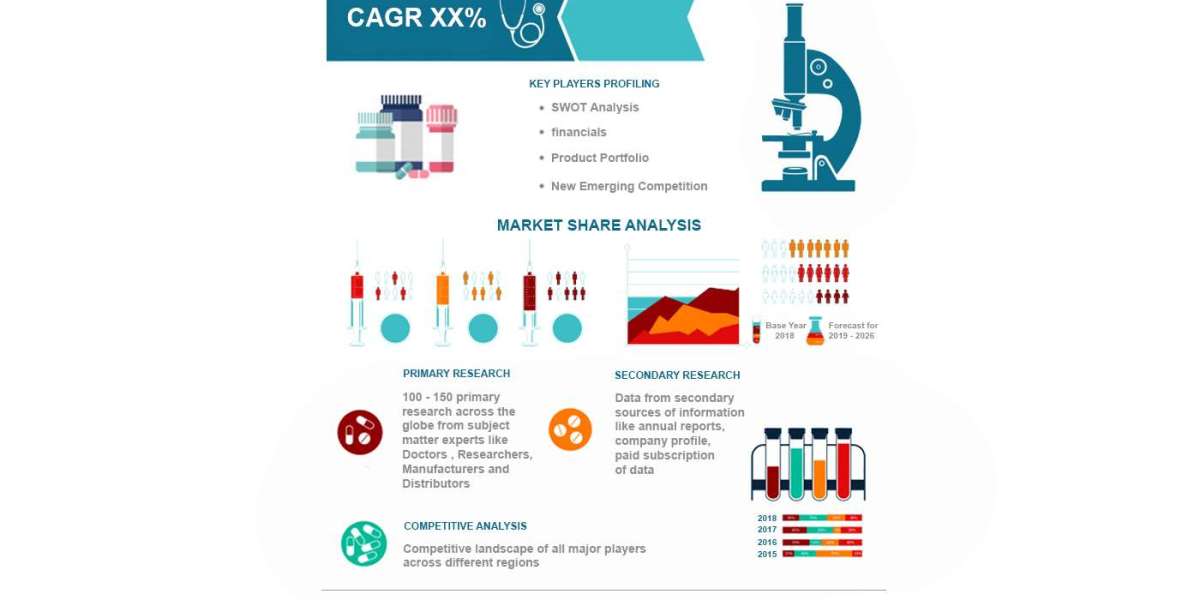Why ROI Matters in Software Development
ROI is a financial metric that measures the profitability of an investment in relation to its cost. In the context of software development, it helps companies determine whether the resources and efforts invested in a software project are justified by the financial gains it generates. Here's why focusing on ROI is crucial:
- Financial Justification : ROI provides a clear picture of the financial benefits derived from software projects, helping companies justify their investments.
- Resource Allocation : Understanding ROI helps make informed decisions about resource allocation, ensuring funds are directed toward projects with the highest potential returns.
- Performance Measurement : ROI serves as a benchmark for evaluating the success of software projects, guiding future development efforts.
- Strategic Planning : By analyzing ROI, companies can identify trends and insights that inform strategic planning and long-term growth.
Key Factors Influencing ROI in Software Development
Several factors play a crucial role in determining the ROI of a software project:
1. Development Costs
Development costs include expenses related to planning, designing, coding, testing, and implementing the software. Efficient project management, selecting the right technologies, and leveraging cost-effective solutions can help minimize these costs, thereby improving ROI.
2. Time to Market
The speed with which a software product is brought to market affects its ability to generate revenue. Faster development cycles allow companies to capitalize on market opportunities and customer demands sooner, improving ROI.
3. Software Quality
High-quality software, with robust performance, security, and usability features, tends to attract and retain more users. Investing in quality assurance and user experience (UX) design can lead to greater customer satisfaction and higher revenue.
4. Maintenance and Support
Ongoing maintenance and support are vital to ensuring that software remains functional, secure and up-to-date. Efficient management of these aspects can reduce long-term costs and improve user retention, positively impacting ROI.
5. Market Relevance
Understanding market needs and trends is crucial to developing software that meets user demands. Conducting extensive market research and staying up to date with industry developments ensures that the software remains relevant and competitive.
Strategies to Optimize ROI in Software Development
To maximize the return on your software development investments, consider implementing the following strategies:
1. Adopt Agile Methodologies
Agile development methodologies, such as Scrum and Kanban, emphasize iterative progress, flexibility, and customer collaboration. By adopting agile practices, development teams can quickly adapt to changes, deliver incremental value, and reduce time to market, thereby improving ROI.
2. Invest in Automation
Automation in testing, deployment, and monitoring can significantly reduce manual efforts, minimize errors, and speed up development cycles. Implementing Continuous Integration/Continuous Deployment (CI/CD) pipelines can lead to faster releases and higher quality software, boosting ROI.
3. Focus on a Minimum Viable Product (MVP)
Developing a Minimum Viable Product (MVP) allows companies to release a basic version of the software, gather user feedback, and make informed decisions about future improvements. This approach reduces the initial investment and risks, improving the chances of achieving a positive ROI.
4. Improve User Experience (UX)
Prioritizing user experience design ensures that software is intuitive, engaging, and meets user expectations. A positive user experience can lead to higher user retention, higher customer satisfaction, and better word-of-mouth referrals, all contributing to improved ROI.
5. Take advantage of Cloud Services
Cloud services offer scalable and cost-effective solutions for hosting, storage and computing power. By leveraging cloud infrastructure, businesses can reduce upfront costs, ensure better scalability, and improve performance, positively impacting ROI.
6. Regular Performance Monitoring
Continuous monitoring and analysis of software performance using analytics tools helps identify areas for improvement, optimize resources, and make data-driven decisions. Understanding user behavior and system performance can guide improvements that increase efficiency and ROI.
7. Implement Continuous Feedback Loops
Establishing continuous feedback loops with users ensures that the software evolves based on users' actual needs and preferences. Regular updates and improvements based on user feedback can increase satisfaction, retention, and ultimately ROI.
ROI is a vital metric in software development that helps companies evaluate the profitability and efficiency of their investments. By understanding the factors that influence return on investment (ROI) and implementing strategies to optimize it, companies can ensure that their software projects not only meet user needs but also generate substantial financial returns. In a rapidly evolving technology landscape, focusing on return on investment is key to sustaining growth, driving innovation and achieving long-term success. To learn more about how to maximize ROI , take a look at my blog.







